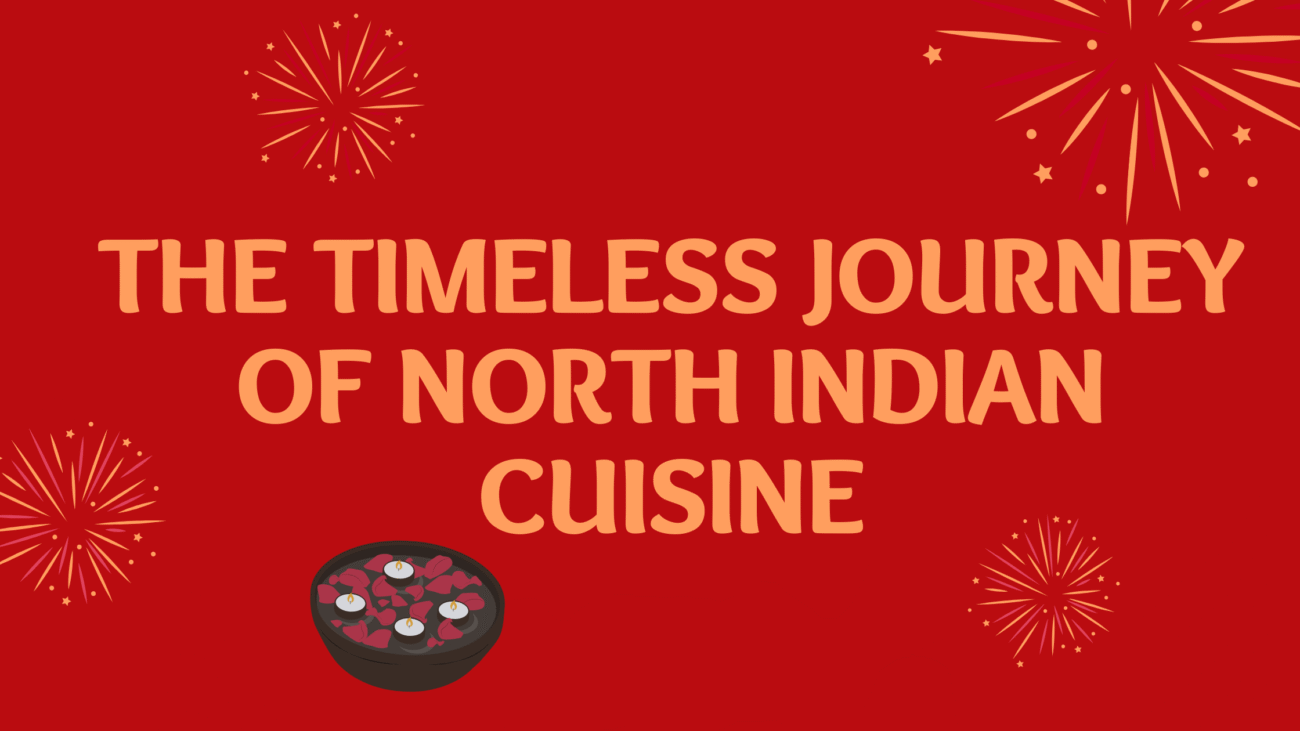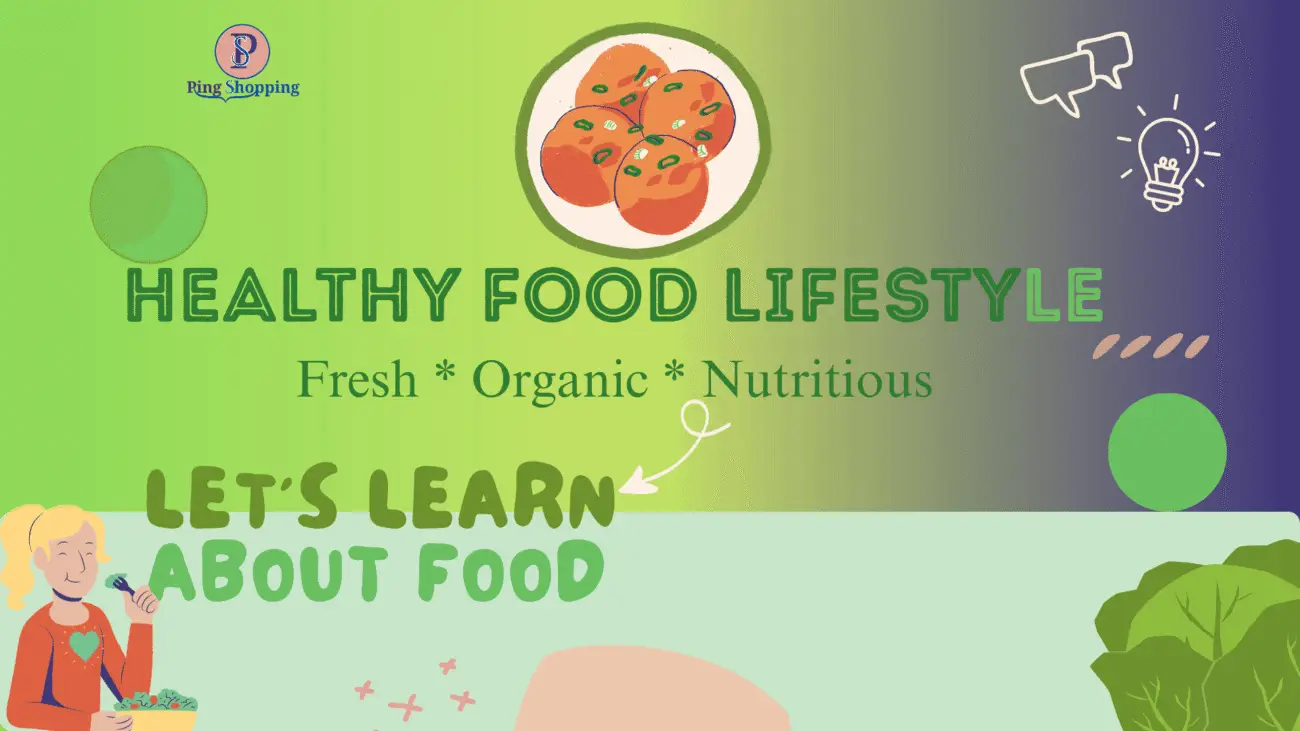North Indian cuisine is a contradiction. From Delhi’s street chole bhature to the sumptuous Awadhi biryani on a five-star spread, it is a cuisine that has a lot to say, as rich as the country’s history. It is about reminiscences, peoples, migrations, empires, and everyday life. And like the people of the land itself, North Indian Cuisine character is warm, robust, and unerasable.
Table of Contents
A History Written in Recipes
North Indian cuisine history is a story of migrations, invasions, and empires that brought with them ingredients and methods of preparation for those ingredients that perfectly fit into the foodway as it already existed.

Wheat and barley, these two staple grains, are still prevalent in the north today. They were thought to have been domesticated from the Indus Valley Civilization. Moreover, North Indian Cuisine was extremely straightforward in ancient times, such as grains, dairy products, and seasonal vegetables.
They were not so with the coming of the Aryans and Vedic expansion. Ayurveda and Manusmriti speak of satvik (pure) foods such as milk, cereals, honey, and fruits that can even be seen in temple prasad and traditional vegetarian cuisine.
And then the Mughals came along, leaving a legacy that never altered the face of food. They established the science of slow cooking in dum (dun), dry fruits, saffron, and heavy gravies. Korma, kebabs, sheermaal, and shahi tukda were symbols of royal banquets.
If we move towards Kashmir, then Persian traditions are seen clearly in the form of Wazwan Cuisine. It’s a multi-course banquet that contains delicacies like rogan josh, yakht, and gustaba. You will find this dining tradition reserved for weddings and celebrations.

The British colonial government layered additional ones as well. Potatoes and tomatoes, for example, defined the nature of curries. Baking, puddings, and cutlets entered Anglo-Indian food. Even the railways enabled local food to travel and meet, resulting in some hybrid food.
Food as Identity
Most of all, North Indian cuisine is a reflection of the diversity of the people. It differs state by state, even house to house.
In Uttar Pradesh, there is the satvik vegetarian food of Varanasi to the urbane Mughlai food of Lucknow. In Rajasthan, cuisine originated within the limitations of the harsh desert conditions, having less water, but drier food. That’s how the region explored variety and brought gatte ki sabji, ker sangn, and bajre ki roti in this region.
Now, moving to Punjab will give you a deeper taste of rich flavors with staples like makki di roti and sarso da sag. If you are in the capital city, Delhi, the flavors from all the North Indian regions will converge.
Modern-Day Influences
Among the urban chaos, food fashion keeps changing every day. Even North Indian cuisine has kept expanding without losing its identity. You can find the taste of classic thali in bento boxes. Moreover, Dal Makhani with garlic bread is popular as a complementary food too.
With the recent growth of food apps and cloud kitchens, people can directly access regional recipes. Even fusion food has turned trendy. This proves how the world of food is ever-changing, with the international demand for North Indian food rising rapidly.
What to eat in North India Cuisine?
When you are planning to explore the North Indian cuisine, the following are the best to try:
- Daal-baati: This dish is highly popular in the arid Rajasthan region. It is prepared with the help of baked wheat flour balls and Dal.
- Butter Chicken: Butter Chicken consists of thick gravy, and it is a famous Indian staple food. For the non-veg lovers, it’s one of their first choices.
- Biryani: Biryani is the most-loved food item in North India, where rice is mixed with spices, meat, and vegetables.
- Naan: Naan refers to a fluffy flatbread which is consumed widely in the Punjab region, but is also available in many parts of North India
- Chole bhature: Chole Bhature is another North Indian staple that has spicy chickpea curry served with fried bread
- Alu paratha: Who doesn’t love Alu Paratha? Many are fond of its taste in North India.
Saving the Past
At its essence, North Indian cuisine unites people, whether in a Gurudwara or a langar. From Wazman in Kashmir to the wedding in Lucknow, food continues to build community and bring people together. It’s a beautiful bit of history which we must keep alive for generations.
With each step towards the age of instant food and cyber recipes, we are more urgently than ever required to preserve the slow-cooked, hand-grinded, family-hands-down traditions. For, between the scent of cardamom and the crackling of hot ghee is a tale that needs to be told.



